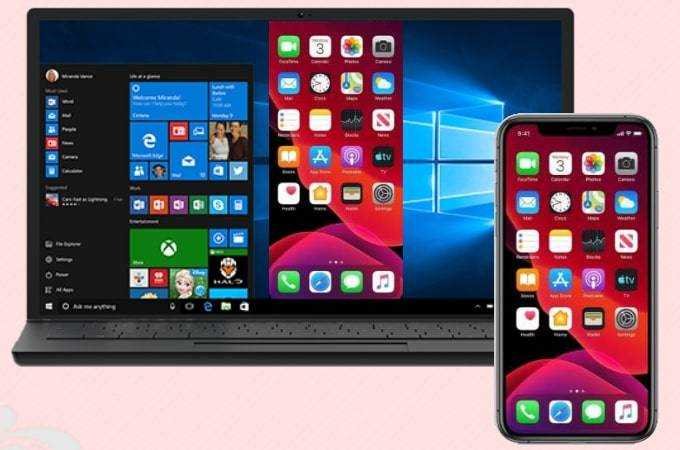Which Part Of SIM Card Is For Internet? Have you ever wondered which part of a SIM card is for internet? It’s a question that has popped up in many discussions, especially as our lives become increasingly dependent on mobile connectivity. I remember when I first got curious about this topic. I was struggling with poor internet connectivity and began to question whether my SIM card had something to do with it. So, I dug into the details, and today, I’m excited to share what I found with you on 9jaboizgist.com.ng.
In this guide, I’ll walk you through the intricate workings of your SIM card and reveal exactly what part of it handles internet access. Plus, I’ll share some tips to help you overcome common connectivity issues, so you can stay connected no matter where you are.
What Is a SIM Card?
Before we dive into which part of a SIM card is for internet, let’s first understand what a SIM card is. A SIM card, short for Subscriber Identity Module, is a small chip inserted into your mobile device. It stores vital information that links your device to your mobile network, allowing you to make calls, send texts, and, of course, access the internet.
The Key Components of a SIM Card
A SIM card is more than just a tiny chip—it’s packed with important data and technology. Here are the main components:
- Integrated Circuit (IC): The heart of the SIM card, this chip securely stores your International Mobile Subscriber Identity (IMSI) number, which identifies your subscription to the network.
- Subscriber Identity Module (SIM): This stores information like your phone number, network authorization data, and even contact information.
- Authentication Key (Ki): A unique key that ensures secure communication between your phone and the network.
- Local Area Identity (LAI): This keeps track of the mobile network’s local area where the phone was last registered.
Now that you know what makes up a SIM card, let’s get into the crux of the matter—which part of a SIM card is for internet?
Which Part of a SIM Card Is for Internet?
The Role of the Integrated Circuit (IC)
The part of the SIM card responsible for internet access is primarily the Integrated Circuit (IC). This tiny chip is what enables your device to connect to the internet by interacting with your mobile network.
The IC in your SIM card works in tandem with the radio signals from your mobile carrier. When you try to access the internet, your device sends a request through the SIM card, which the IC processes and relays to the network. The network then verifies your identity and allows you to access data services.
How Does the Integrated Circuit Enable Internet Access?
Here’s a step-by-step breakdown of how the IC on your SIM card helps you access the internet:
- Request for Data: When you open a web page or use an app that requires internet access, your phone sends a data request through the SIM card.
- Processing the Request: The IC in the SIM card processes this request, verifying that you have an active data plan.
- Communication with the Network: The SIM card’s IC communicates with the mobile network, using your IMSI and other stored data to authenticate your access.
- Data Transfer: Once authenticated, the network allows data transfer to your device, enabling you to browse, stream, or download content.
In essence, the IC is the part of your SIM card that plays a crucial role in enabling internet access.
Why Does Internet Access Sometimes Fail?
Even though the IC is designed to facilitate seamless internet access, there are times when things don’t work as expected. I’ve had my fair share of connectivity issues, and I know how frustrating it can be. Here are some common reasons why internet access might fail:
1. SIM Card Wear and Tear
Over time, SIM cards can degrade due to physical wear and tear. If the IC or other components get damaged, it could lead to poor or no internet connectivity.
2. Network Issues
Sometimes, the problem isn’t with your SIM card but with the network itself. Outages, weak signals, or congestion can prevent your SIM card from connecting to the internet properly.
3. Device Compatibility
Your device’s compatibility with the SIM card and the network also plays a role. If your phone is not compatible with the network’s bands or frequencies, you might experience connectivity issues.
4. Incorrect APN Settings
The Access Point Name (APN) settings on your device need to be correctly configured to connect to the internet. Incorrect settings can prevent your SIM card from accessing data services.
How to Optimize Your SIM Card for Better Internet Access
Now that you know which part of a SIM card is for internet, let’s talk about how to make sure it’s working optimally. Here are some practical tips to help you get the most out of your SIM card:
1. Regularly Clean Your SIM Card
Dust and grime can accumulate on your SIM card’s metal contacts, affecting its performance. Use a soft cloth to clean the SIM card periodically.
2. Ensure Proper Insertion
Make sure your SIM card is properly inserted into your device. A loose or misaligned SIM card can cause connectivity issues.
3. Update Your APN Settings
If you’re experiencing connectivity issues, check your APN settings and update them if necessary. Your mobile carrier can provide the correct settings.
4. Upgrade Your SIM Card
If your SIM card is old, consider upgrading to a new one. Newer SIM cards are designed to handle modern data speeds and offer better connectivity.
5. Check for Network Compatibility
Ensure that your device is compatible with your carrier’s network. If you’re using an older phone, it might not support newer network technologies like 4G or 5G.
6. Contact Your Carrier for Support
If you’ve tried everything and are still having issues, don’t hesitate to reach out to your carrier for support. They can run diagnostics on your account and SIM card to identify any problems.
FAQs – Which Part Of SIM Card Is For Internet
Q: Which part of a SIM card is for internet?
A: The Integrated Circuit (IC) is the part of the SIM card responsible for internet access. It processes data requests and communicates with the mobile network to authenticate your connection.
Q: Can a damaged SIM card affect internet connectivity?
A: Yes, a damaged SIM card can lead to poor or no internet connectivity. If the IC or other components are damaged, your device might struggle to connect to the network.
Q: How can I improve my SIM card’s internet performance?
A: To improve performance, keep your SIM card clean, ensure it’s properly inserted, update your APN settings, and consider upgrading to a newer SIM card.
Q: Do all SIM cards support 4G or 5G internet?
A: Not all SIM cards support 4G or 5G. If you’re using an older SIM card, you might need to upgrade to access these faster data speeds.
Q: Can network issues cause my SIM card to lose internet connectivity?
A: Yes, network outages, weak signals, or congestion can all affect your SIM card’s ability to connect to the internet.
Conclusion
In this article, we’ve explored which part of a SIM card is for internet and uncovered the critical role of the Integrated Circuit (IC). Your SIM card is more than just a small chip—it’s a vital component that keeps you connected to the world. By understanding how it works and taking steps to optimize its performance, you can ensure you’re always online when you need to be.
If you found this guide helpful, be sure to check out more tips and tricks on 9jaboizgist.com.ng. Don’t let poor connectivity hold you back—take control of your mobile internet experience today!
Got more questions about your SIM card or internet connectivity? Drop a comment below or visit 9jaboizgist.com.ng for more expert advice and tech tips!
![Which Part Of SIM Card Is For Internet [Complete Guide] 1 Which Part Of SIM Card Is For Internet](https://9jaboizgist.com.ng/wp-content/uploads/2024/08/SIM-Card-Internet-Access.jpeg)





